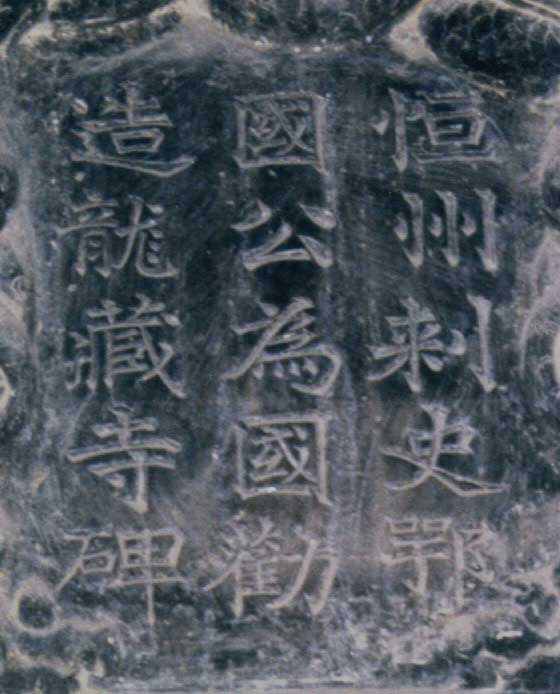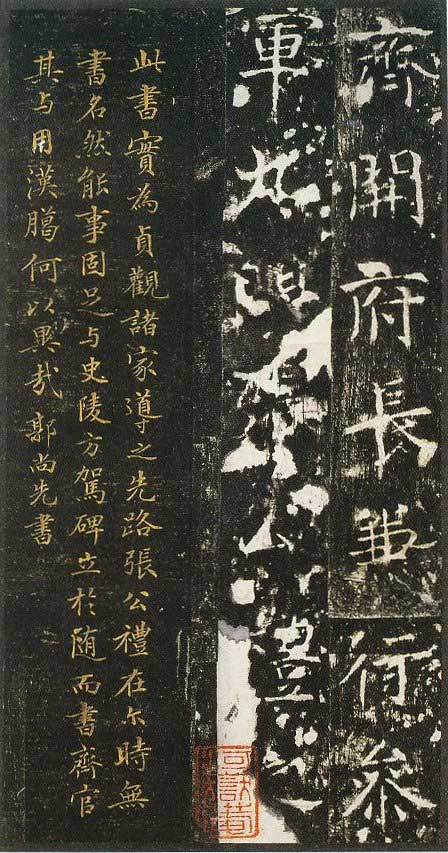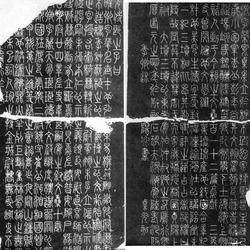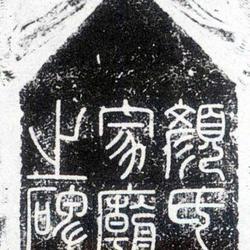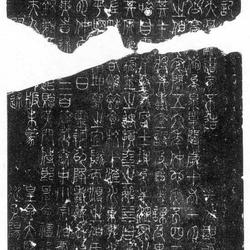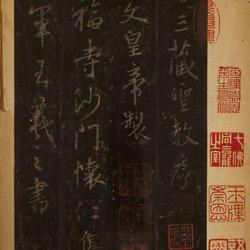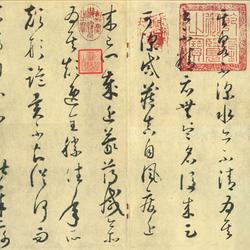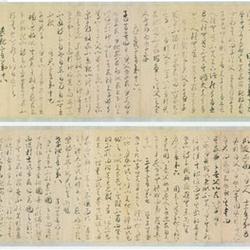Sui Dynasty's "Longzang Temple Stele", regular script, no author's name, inscribed in the sixth year of Emperor Kaihuang's reign (AD 586), the stele is located in Zhengding County, Hebei Province. Some people say that it is "tight, dense, thin and healthy, ranking first among Sui steles", while others say that it is "sharp, neat and capable, and is the best in Sui steles". "The Sui Dynasty was only thirty-seven years old, and its achievements in the art of calligraphy were certainly not as spectacular as those of the Han, Tang and Song Dynasties. However, its status and achievements in the history of the development of calligraphy are still worth writing about. This is the reason why we cherish and study the "Longzang Temple Stele" today. Kang Youwei once said: "The Sui Dynasty Stele gradually lost its ancient meaning. Tibetan". "
The "Longzang Temple Stele" is written in a deep, sincere and powerful way, combining hardness and softness. The structure is rigorous and elegant, and it is neat and orderly. It is a mature regular script image. Yang Shoujing said: "Looking carefully at this stele, the upright and harmonious parts are like Yongxing (Yu Shinan), the graceful and charming parts are like Henan (Chu Suiliang), and there is no letter (Ouyang Xun) in the dangerous state." This can be seen from the early Tang Dynasty. Most have sprouted since then. Among them, the one who was most affected by it should be Chu Suiliang. Chu's "Yanta Sacred Preface", "Master Meng's Monument", etc.
It seems to have an obvious origin relationship. Therefore, people say that the "Longzang Temple Stele" is an important step in "carrying forward the past and linking the future" by integrating the strengths of the northern stele and establishing the calligraphy style of the early Tang Dynasty.
